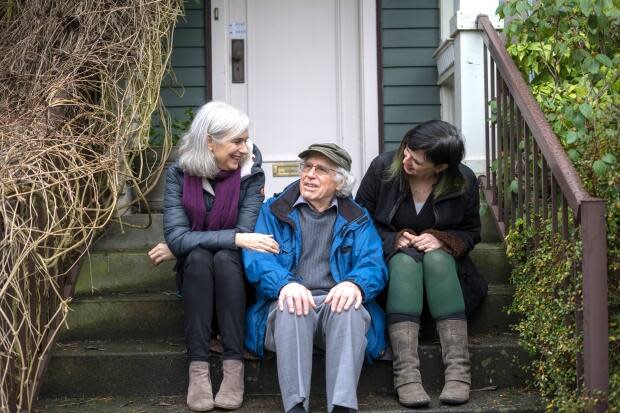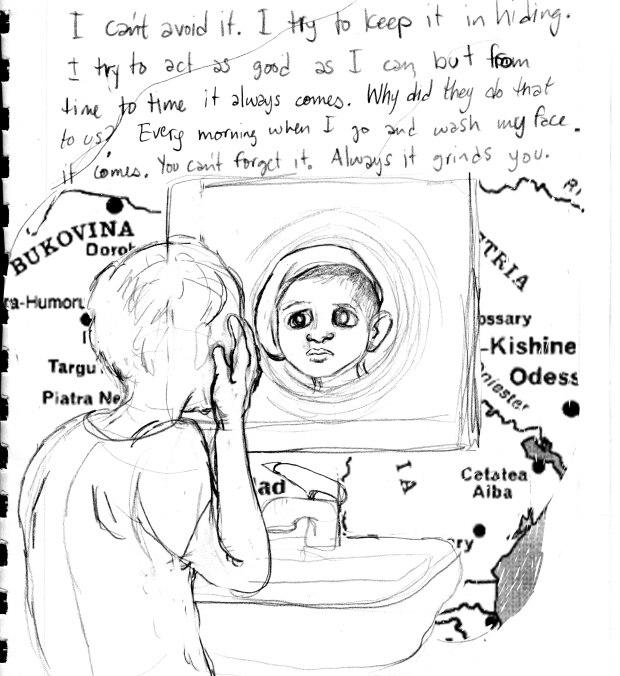University of Victoria takes lead on Holocaust graphic novel project
An international project to bear witness to the stories of child Holocaust survivors will be led by a team from the University of Victoria.
Charlotte Schallié, a Holocaust historian and the current chair of the university's department of Germanic and Slavic Studies, says the medium of the graphic novel was chosen to create a multilayered, rich narrative.
'If you read a graphic novel, it is as if you're watching and reading a movie at the same time," Schallié told host Kathryn Marlow on CBC's All Points West, adding that the combination of graphics, narrative, speech bubbles, sound effects, and visuals create a deep engagement between the reader and the text.
"Visual storytelling in graphic narratives is especially effective for life stories and memories of survivors who were children during the Holocaust, as images often tend to be so deeply imprinted in a child survivor's memory."
In fact, one of the most famous examples of the graphic novel genre, Art Spiegelman's Maus, is a depiction of Spiegelman's father's experiences as a Holocaust survivor.
"That was one of the texts that I've been using in my classroom," Schallié said. "And at the end of the class, when I ask which was the text that most profoundly moved you or impacted you, it was very often Maus."

The four survivors who are part of the project include David Schaffer of Vancouver; Emmie Arbel in Kiryat Tiv'on, Israel; and brothers Nicole and Rolf Kamp in Amsterdam, Holland.
Each survivor is paired with a graphic artist, and the team works together to create the story.
"It was very important for us, to begin with, that graphic novelist were not just illustrators but were actively co-producing the history with the survivors," said Schallié.
"Most of the visual documentary and documents we have from the Holocaust are documents produced by perpetrators, so it's extremely important to have survivors tell their own stories."

Miriam Libicki, a graphic novelist based in Vancouver, is working with Schaffer, who survived the Holocaust as a boy in Romania after his family was deported to Transnistria.
Libicki, whose own grandparents were Holocaust survivors, says the project has a great deal of urgency. Her own grandfather died three years ago and she wishes she had got a chance to talk to him more about his experiences.
"We have fewer and fewer survivors left, and I think it's really important to have the stories first and to not only have them as documents, but to know what the survivors themselves think is important about their stories, what they care about, what are the lessons or the facts they want future generations to take from this story," she said.

Schallié says the graphic novels will be completed by 2022. International Holocaust Remembrance Day is on Jan.27.

